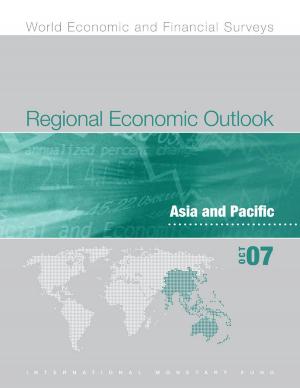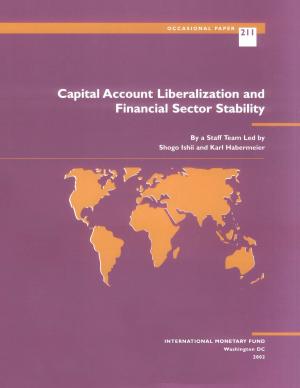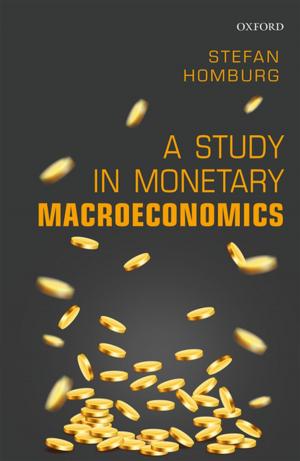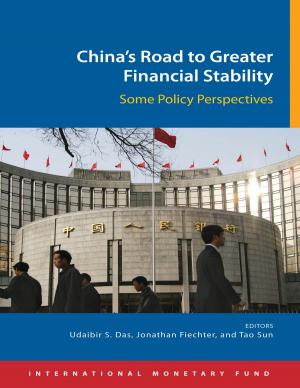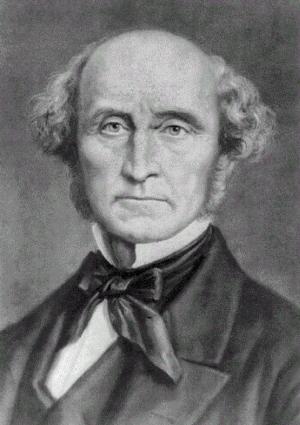An Interesting Theory -Why Interest Rates are Important but not for the Reasons Commonly Assumed
Business & Finance, Economics, Macroeconomics| Author: | Artie Lees | ISBN: | 9781310842948 |
| Publisher: | Artie Lees | Publication: | November 1, 2015 |
| Imprint: | Smashwords Edition | Language: | English |
| Author: | Artie Lees |
| ISBN: | 9781310842948 |
| Publisher: | Artie Lees |
| Publication: | November 1, 2015 |
| Imprint: | Smashwords Edition |
| Language: | English |
At the heart of modern economic theory is the concept of interest rates being used to control the economy by striking a balance between growth and inflation. It is a concept that is so well entrenched that few would challenge its validity but when the policy is matched against outcome its track record is disappointing to say the least. Low interest rate policy has failed to stimulate the post-crash economies of Japan and Europe and the marginal success in the UK and USA has more to do with Quantitative easing. This is not its only failure when high interest rates were used to squeeze out inflation in 1980's Britain it remained stubbornly high. As a theory it is not fit for purpose and we should be looking for alternatives.
An Interesting Theory presents one alternative. In this book inflation, growth and interest rates are still linked but not as commonly assumed. Not by balancing the two but rather as a means of controlling the money supply that in turn has a knock on effect on both growth and inflation. This simple notion can be used to explain why cheap money policies have not worked in Europe or Japan and the failure of that monetarist experiment in Britain along with underlying inflation, stagnation, hyperinflation, bubbles and the success of forward guidance.
The arguments made here will be considered counter-intuitive to students of mainstream economics and the danger is that they may be so revolutionary that it is considered just another crank theory. However it fits the data so well that they even provide an explanation as to why the current monetary tools including the Monetary Exchange Mechanism work in the short term.
At the heart of modern economic theory is the concept of interest rates being used to control the economy by striking a balance between growth and inflation. It is a concept that is so well entrenched that few would challenge its validity but when the policy is matched against outcome its track record is disappointing to say the least. Low interest rate policy has failed to stimulate the post-crash economies of Japan and Europe and the marginal success in the UK and USA has more to do with Quantitative easing. This is not its only failure when high interest rates were used to squeeze out inflation in 1980's Britain it remained stubbornly high. As a theory it is not fit for purpose and we should be looking for alternatives.
An Interesting Theory presents one alternative. In this book inflation, growth and interest rates are still linked but not as commonly assumed. Not by balancing the two but rather as a means of controlling the money supply that in turn has a knock on effect on both growth and inflation. This simple notion can be used to explain why cheap money policies have not worked in Europe or Japan and the failure of that monetarist experiment in Britain along with underlying inflation, stagnation, hyperinflation, bubbles and the success of forward guidance.
The arguments made here will be considered counter-intuitive to students of mainstream economics and the danger is that they may be so revolutionary that it is considered just another crank theory. However it fits the data so well that they even provide an explanation as to why the current monetary tools including the Monetary Exchange Mechanism work in the short term.






